‘A Christmas Gift for You From Phil Spector’: When Holiday Classics Met the Wall of Sound
by Mark LevitonWriting in the New York Herald Tribune’s Sunday magazine in January 1965, Tom Wolfe dubbed the producer-songwriter-musician Phil Spector “The First Tycoon of Teen.” The hit singles Spector produced working out of Gold Star Studios in Los Angeles, including The Crystals’ “He’s a Rebel” and “Da Doo Ron Ron,” the Ronettes’ “Be My Baby” and Darlene Love’s “Wait Til My Bobby Gets Home,” had brightened the airwaves in the early ’60s, making Spector rich, respected and ready to take on the movie business or anything else that interested him.
Spector had a hunger for more, always more, an appetite that eventually destroyed his own career, ruined relationships, scared the hell out of friends and enemies alike, and eventually brought him to die in prison on January 16, 2021, after being convicted of murdering a woman he barely knew in 2009.
One of Spector’s most ambitious projects was released via his record label Philles on November 22, 1963, the day President Kennedy was assassinated in Dallas. A Christmas Gift for You From Phil Spector was intended to join the long, and lucrative, history of combining the celebration of a Christian holiday, and the winter season, with an album of popular music. That Spector was Jewish didn’t make much difference: some of the most popular Christmas songs had been written by Jews, including “White Christmas” (Irving Berlin), “Rudolph the Red-Nosed Reindeer” (Johnny Marks) and “Winter Wonderland” (Felix Bernard).
As Spector wrote on the back cover liner notes of his album, “Because Christmas is so American it is therefore time to take the great Christmas music and give it the sound of the American music of today.” Celebrating a kind of secular Christmas, for many Americans of all religions and ethnicities, seemed to be a simple way to assimilate and enjoy what their neighbors did. A Christmas tree, decorative lights and gaily wrapped presents often put the birth of Jesus in the shade.
Some of the biggest stars of the 1950s, including Elvis Presley, Frank Sinatra, Connie Francis, Bing Crosby, Gene Autry and Johnny Mathis, had made Christmas-themed LPs, but Spector felt it was time for his more rocking “Wall of Sound” to truly innovate. Posing a question he was keen to answer, he asked “Can twelve great Christmas songs be treated with the same excitement as is the original pop material of today…without losing for a moment the feeling of Christmas, and without destroying or invading the sensitivity and the beauty that surrounds all of the great Christmas music? Until now, perhaps not!”
With dozens of the best session musicians in Los Angeles on call, engineer Larry Levine running the equipment, and assistant arranger Jack Nitzsche on board, Spector spent months recording the least religious Christmas songs in the repertoire, the ones that emphasized Santa Claus and winter. There was only one new original on the disc, “Christmas (Baby Please Come Home),” which he wrote with his long-time collaborators Jeff Barry and Ellie Greenwich.
As Nitzsche explained to Goldmine’s Harvey Kubernik in 1988, “Phil was different than the A&R men and the record company people I had been working with. In those days, A&R men would hire me to do an arrangement or arrange for a three-hour session, and no matter what, we had to get it done before the three hours were over. Phil Spector was the first one to go into the studio with one song, and if it needed two sessions to do the rhythm section, that’s the way it happened.”
Nitzsche arranged the Christmas album, but acknowledged that Spector knew what sounds he wanted and how to get them, giving the musicians very little leeway to improvise, drilling them through take after take: “Phil was the captain…a lot of the time we had two and three piano players going at once. I played piano as well. Phil knew the way he wanted the keyboards played. It wasn’t much of a problem who played.”
Claude Russell Bridges (also known as Leon Russell), Al Delory and Don Randi were the pianists on A Christmas Gift, Ray Pohlman and Jimmy Bond played bass, Tommy Tedesco and Barney Kessel were two of the five guitarists, and the horn section included Steve Douglas and Jay Migliori. The versatile Hal Blaine was the only drummer, although Spector got plenty of extra percussion from Nitzsche, Sonny Bono and Frank Kapp. Nitzsche recalled that for all the sessions he worked over the years, “Phil would dream these percussion parts up at the session. They were his ideas: ‘The songs need something here. Let’s try these castanets.’ There were no formulas…No one really had a lot of room with those sessions. Really, only the drummer had any sort of freedom.” A string section organized by Johnny Vidor also helped stuff Gold Star to the bursting point for the Christmas album work.
The album was designed to be released in monaural sound, with everything mixed into a single channel; the first true stereo mix wasn’t issued until 1972 when Spector revisited it for a reissue on the Apple label, an occasion that allowed him to appear in a new cover photo, dressed as Santa Claus, wearing a “Back to Mono” button.
The set begins with Berlin’s “White Christmas,” written in 1942 for the film musical Holiday Inn. Sung by the 22-year-old Darlene Wright, known professionally as Darlene Love, the arrangement leans in a New Orleans R&B direction. (She’d already performed the lead vocals on “He’s a Rebel” and “He’s Sure the Boy I Love,” but the records were credited to the Crystals. Spector mixed and matched his personnel, and the credits, at will.) Little touches—handclaps, glockenspiel, insistent saxophones—are sprinkled into a big band arrangement that Love somehow manages to dominate, piercing the spectacular clouds with clear sunshine. Blaine’s booming drums bring majesty to the track.
Love also sings the lesser-known “Marshmallow World” with similar panache. Written by two native New Yorkers, the Italian Peter DeRose (music) and Jewish Carl Sigman (lyrics), Nitzsche’s arrangement begins with strings out of Mozart and quickly wails in full Wall of Sound style. A gritty tenor sax solo, more astonishing Blaine work, and it ends with a quote from “Deck the Halls.”
Love is part of a choir for “Winter Wonderland,” another percussion-heavy track (chimes, sleigh bells, handclaps) that contains an especially good string arrangement, with violins playing pizzicato here and there.
Love’s major feature “Christmas (Baby Please Come Home)” begins with the dramatic interplay of shimmering strings, bass, maracas and chimes, and then turns Love loose over a female chorus. She turns it into a gospel workout that reaches Aretha-like peaks. Steve Douglas’ sax break is massive. That’s probably Leon Russell on the Rachmaninoff-like pounding piano chords near the end. How do you pack this much power into 2:44? Very, very carefully.
Released as a single, “Christmas (Baby Please Come Home)” didn’t chart upon release, but it’s shown up in Billboard’s listings many times since. Beginning in 1986 and continuing for 29 years, Love performed the song live on Late Night with David Letterman, backed by Spector devotees Paul Shaffer and the World’s Most Dangerous Band.
The Ronettes (sisters Ronnie and Estelle Bennett with their cousin Nedra Talley) are credited with “Frosty the Snowman,” “Sleigh Ride,” and “I Saw Mommy Kissing Santa Claus.” Ronnie was already having an affair with the married Spector when she recorded for Philles; Ronnie eventually married Phil Spector in 1968, and stuck with him until 1974. She later wrote extensively about what a nightmare her marriage had been.
Related: Ronnie Spector on her ex-husband Phil
Thankfully, there’s nothing but joy in the Ronettes’ contribution here. How Larry Levine managed to capture the vocals in the middle of such controlled mayhem—castanets, Blaine in a frenzy, and backing vocals-a-go-go—is a miracle. “Sleigh Ride” goes for a percussive clip-clop in the intro, and something, or someone, is approximating a horse’s neigh. Taken at a brisk pace, “Sleigh Ride” finds Bennett enticing the listener to “snuggle up together/like birds of a feather.” For a singer with little formal training, her pronunciation is perfect, every word understandable, and her breath control makes it appear she could sing all night without breaking a sweat.
“I Saw Mommy Kissing Santa Claus” begins with a mini-radio-play before kicking in with an arrangement that puts Tchaikovsky at the service of a silly, but charming, set of lyrics. The song was composed by the British songwriter Tommie Connor. He had responded to a commission from New York department store Saks Fifth Avenue, which wanted a song as part of its Christmas promotion. The first commercial recording was by the American 13-year-old Jimmy Boyd, reaching #1 on the Billboard singles chart in 1952. If you think the Ronettes obliterate the memory of a lisping kid singing unsteadily in a Southern accent, you’re right.
Dolores “La La” Brooks is the lead singer of the Crystals on their three cuts. “Santa Claus Is Coming to Town” is the most enduring, not only for the vocals, but because of a Hal Blaine drum break in between “I’m telling you why” and “Santa Claus is coming to town” that one critic said was so great “it would make John Bonham blush.” In a career full of highlights, this might be Blaine’s finest moment, although the opening of “Be My Baby” Is stiff competition.
To open, Brooks narrates a little story over “Brahms’ Lullaby”—the same words were sung by Eddie Cantor in his original recording from 1934. Then “The Wall,” sounding about 101 stories high, crashes in. No wonder just about every subsequent version of the song—the Jackson Five, Bruce Springsteen, etc.—is indebted to the Spector extravaganza.
“Rudolph the Red-Nosed Reindeer” begins with a 12-string guitar riff (probably Tedesco) and an absolute orgy of drums, castanets and other percussion. Could Spector have figured out a way to double Brooks’ vocal in perfect synchronicity, or is it an echo effect that simulates it? Bright trumpets kick off “Parade of the Wooden Soldiers,” a popular marching band tune composed in 1897 by the German Leon Jessel, with English lyrics added in 1922 by Tin Pan Alley stalwart Ballard McDonald. Spector probably knew it from a Betty Boop cartoon. It’s one of A Christmas Gift’s most complex arrangements, but given the surroundings it comes off as filler.
Bob B. Soxx and the Blue Jeans, with Bobby Sheen backed by the Blossoms (Darlene Love and Fanita James), contribute “The Bells of St. Mary” and “Here Comes Santa Claus.” The first dates from 1917, and became better known when it appeared in a film of that name, starring Bing Crosby and Ingrid Bergman, in 1945. That’s where it got its Christmas association: the song itself refers to “red leaves” of autumn. No doubt Spector knew the Drifters’ version from 1954, which was the B-side of their soulful “White Christmas.” Sheen gives it his best, in a Jackie Wilson mode.
At a concise 2:03, “Here Comes Santa Claus” is even more successful. The sleigh bells, woodblock, chimes and drums dominate from the start, and Sheen sells the insistent lyrics with all he’s got; the Blossoms sound great in support.
The LP ends with the truly bizarre “Silent Night,” an instrumental that Spector talks over, an audio version of the end credits of a film. The exuberant man known for outrageous behavior calms himself down and tries to sound sincere as he explains to the listener how much the album means to him, how much he appreciates those who assisted him (without naming them) and so forth. It’s perhaps instructive to note that “Silent Night” would have been the most religious song on the album had he included the lyrics (“round yon virgin, mother and child,” etc.), but he replaces them with the sound of his own voice.
As Nitzsche explained to Kubernik, upon release, “The album never really took off. I think some of that had to do with the world after the Kennedy assassination. It affected the public. No one really wanted to celebrate Christmas in December 1963.”
Nonetheless, in 1963 the Phil Spector album peaked at #13 on Billboard’s special year-end Christmas chart, and continued to sell over the years; songs from it have entered the charts numerous times. [It’s available in the U.S. here and in the U.K. here.] At a Darlene Love concert at New York’s Town Hall on November 30, 2023, Bruce Springsteen presented her with a platinum record award for “Christmas (Baby Please Come Home),” calling her “his forever crush” and insisting the recording was “the absolute greatest Christmas rock ’n’ roll song of all time.”
@springsteen presenting the legendary Darlene Love tonight with a platinum record for her iconic track Christmas Baby Please Come Home.
Video by @solo89 Thank you! 🙏🏼🎸🎷🙌🏻 pic.twitter.com/of9FN8SnD0
— Spring-Nuts (@SpringNuts_) December 1, 2023
Watch Darlene Love sing “Christmas (Baby Please Come Home)” on Late Night with David Letterman
- Smokey Robinson & the Miracles’ ‘Going to a Go-Go’: Life of the Party - 11/11/2025
- Patti Smith’s ‘Horses’: Poetry In Motion - 11/10/2025
- Rockpile’s ‘Seconds of Pleasure’: One And Done - 11/08/2025

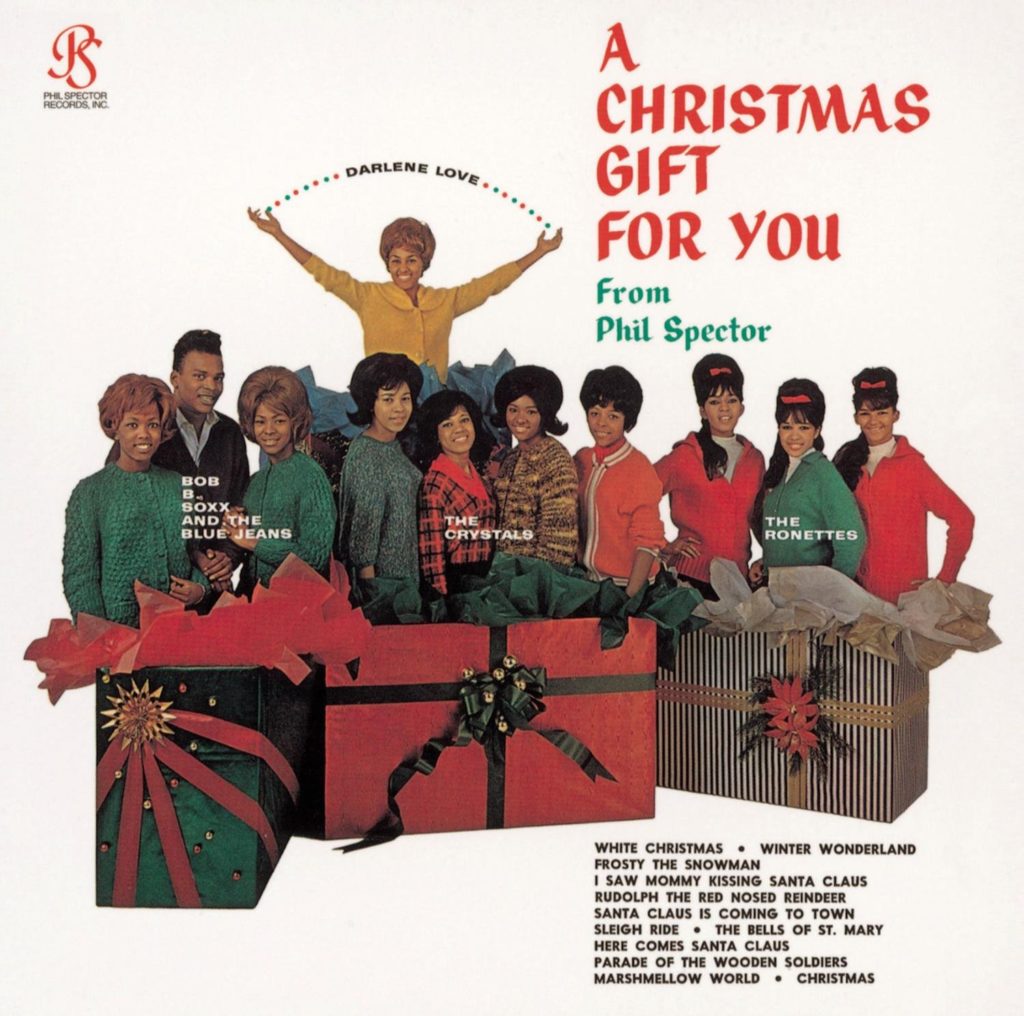
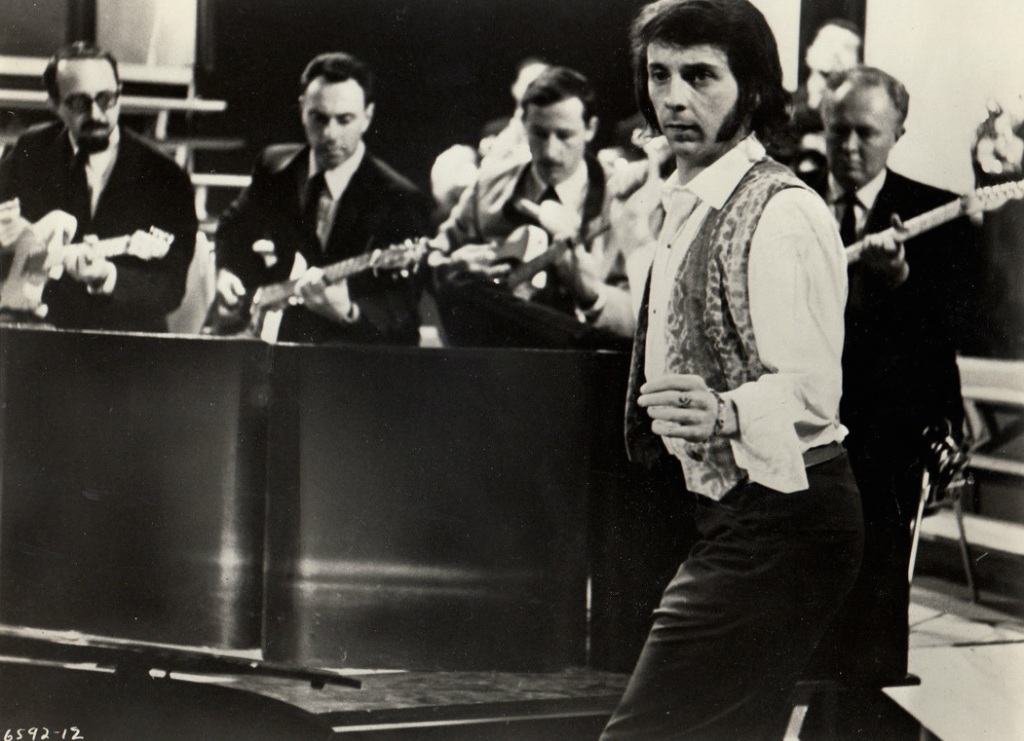

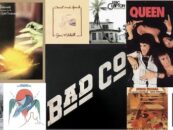
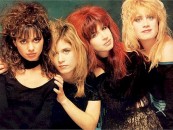
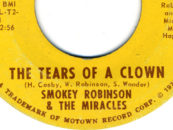
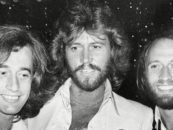

No Comments so far
Jump into a conversationNo Comments Yet!
You can be the one to start a conversation.